Why Businesses are at the Forefront of Refugee Labour Mobility
At Talent Beyond Boundaries, the private sector is a lynchpin in our strategy to help connect thousands of refugees and displaced individuals with opportunities to relocate safely and with dignity for work using their skills and experience. There is no refugee talent mobility without employers. We are engaging the private sector to help businesses integrate refugees and forcibly displaced individuals into their talent acquisition and workforce planning strategies.
In my role as Canada Director for Talent Beyond Boundaries, I get to interact with Canadian employers every day. Whether at conferences or events or in scheduled meetings to discuss our mission, I get to learn about different industry sectors and occupations. I now know a lot about steamfitters, for example – an occupation I had never heard of before joining TBB!
I worked for the Government of Canada for 25 years, almost always in economic portfolios like Transport, Agriculture, and Industry. I worked with colleagues in the Trade Commissioner Service and at the Business Development Bank of Canada (BDC) and Export Development Canada (EDC). I know the challenges Canadian businesses face to maintain their market share in a global economy, let alone grow and thrive. Over 97% of businesses in Canada are “small” – meaning companies with less than 100 people. Small businesses are at the heart of the Canadian economy, and their success is crucial to our nation’s growth. They are also the key to unlocking refugee talent mobility worldwide. There is no doubt in my mind that the private sector will increasingly be the driving force behind the refugee talent mobility movement.
I’ve been enjoying watching the Canadian medical drama series Transplant, which captures so well much of what I have learned from our EMPP candidates, including how competent they are, how resilient they are despite having faced great adversity, and how motivated they are to contribute to our employers and our communities. The series also reflects the difficulty of recognizing a refugee’s credentials (despite daily on-the-job proof that they have earned the required credentials) and the frustration of starting over in a junior position despite bringing years of relevant experience to a new employer. I’m grateful for the character of Dr. Jed Bishop, who represents the many Canadian employers who really “see” the person before them — not their refugee status, but the incredibly talented and motivated human being they have the privilege to bring onto their teams.
Changing the narrative
When I worked at IRCC, part of our public communication about the EMPP was that we needed to change the narrative about refugees. While many do not have access to the kind of education, training, and work experience that most of us get to take for granted, many refugees were able to acquire professional qualifications in their home countries before they had to flee that rival or exceed those of many Canadians (myself included!). So, while they may not have been able to work in their chosen field for a while because of being forcibly displaced, they are certainly on par with the world’s top talent.
The other key message for the private sector about refugee labour mobility is that we’re not trying to give refugees priority access to economic immigration; instead, we’re levelling the playing field so that displaced talent can compete on par with other candidates. For example, you must have a valid passport to migrate to Canada. When you are forced to flee your home, grabbing your passport or university transcripts is not the first thing that comes to mind. Many refugees who meet all the other criteria for a job in Canada could not take advantage of any of the 70-some economic immigration pathways in this country without refugee talent mobility pathways like the EMPP.
What we’ve achieved so far
The truth is, without the private sector endorsing our view that this is important for both economic and humanitarian reasons, there is no refugee talent mobility movement. Without employers willing to see skilled refugees for their skills and potential, instead of just for their vulnerability – à la Dr. Bishop – we can’t prove our premise that refugees do have the skills and experience to be competitive in the labour market. So please join us in this most timely and pressing cause.
We have undeniable proof that refugee talent mobility is a success story. Talent Beyond Boundaries (TBB) has collaborated with over 200 global employers, successfully relocated more than 1,600 skilled refugees and their families, and achieved an impressive 93% one-year retention rate. With the recent groundbreaking announcement by Minister Marc Miller to make the EMPP permanent, TBB Canada is primed to intensify its strategic objectives for 2024. These objectives include expanding the number of "cohort" recruitments to assist industries facing chronic labour shortages and enhancing employee retention rates. We also aim to increase engagement with diaspora communities and private sponsorship groups, encouraging their involvement in the EMPP alongside other immigration pathways. Lastly, we are determined to maximize the potential of the No Job Offer stream for eligible candidates.
We know we can’t meet every talent need. But what we can do is be a permanent, reliable tool in your Human Resources toolkit that will diversify your workforce (with all the hard economic benefits this brings to a company) and make yours a workplace of choice to retain and attract other team members.
Our commitment to creating a world where displaced people can rebuild their lives through their skills can only be accomplished with the private sector's leadership. We’re looking for more Dr. Bishops to be at the forefront of refugee talent mobility.
Hire a skilled refugee today. Ask us how to get started.

